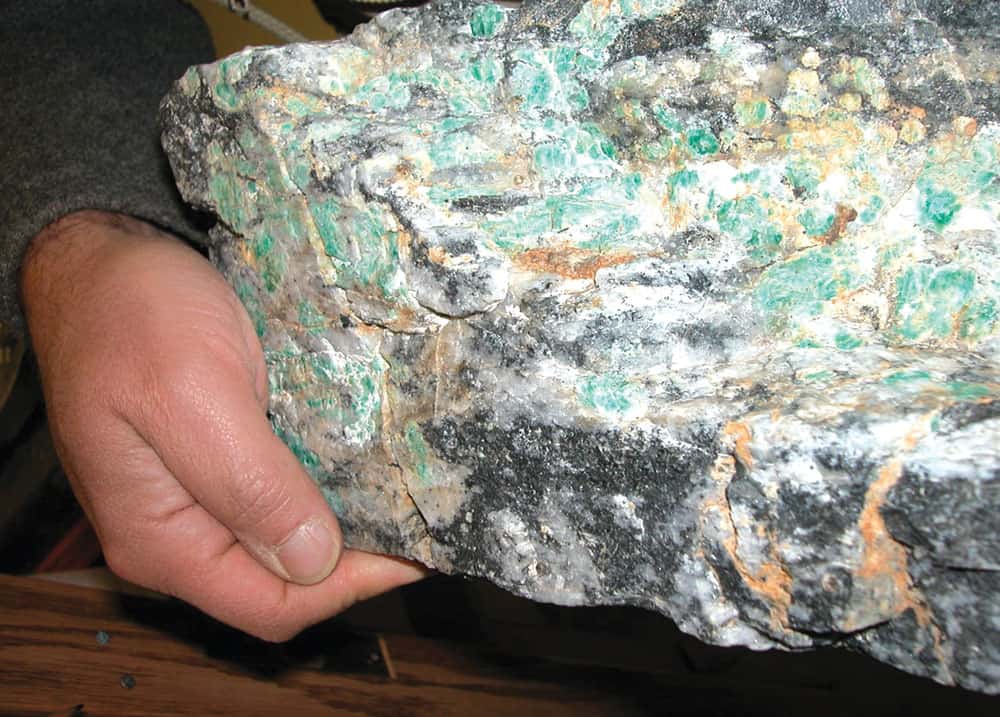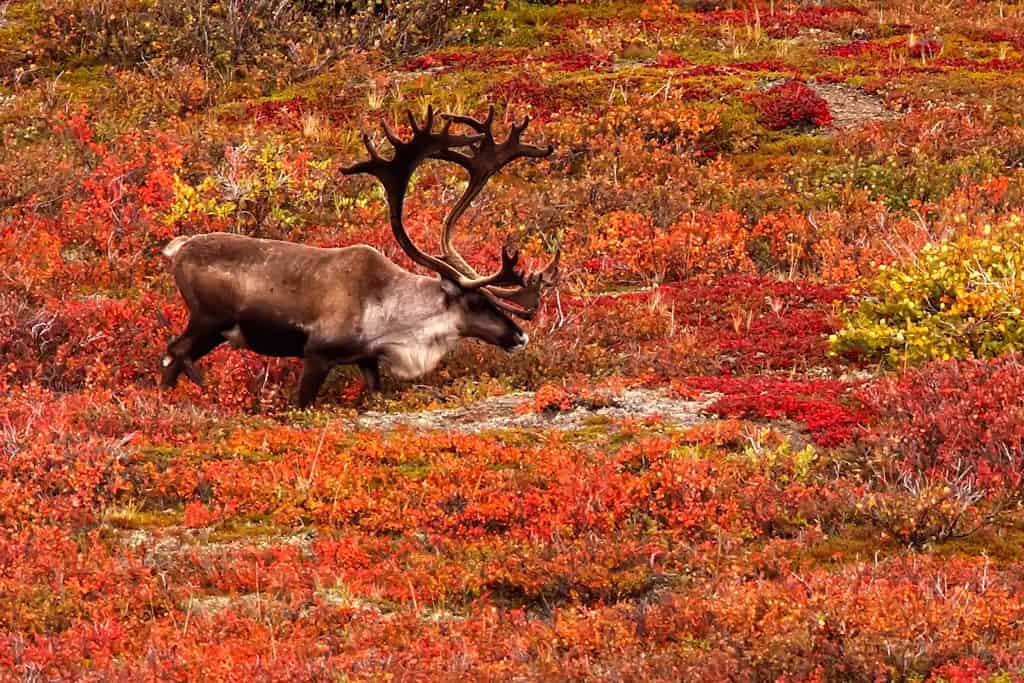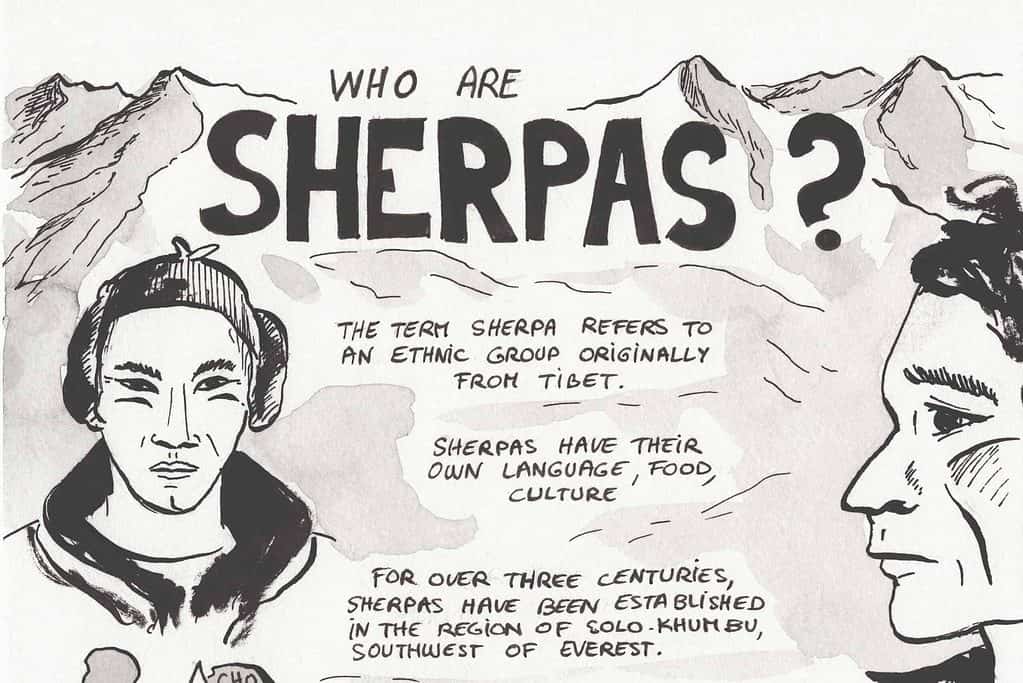The Yukon is well-known for its gold, but less known are the gemstones. What determines whether a mineral can be called a gemstone is open to interpretation. The American Geological Institute defines a gem as “a general term for any precious or semi-precious stone, especially when cut or polished for ornamental purposes.”
Evidence of the use of gemstones dates back 25,000 years. Ornamental jewellery in the form of shells and bones dates to 100,000 years ago. Through Egyptian, Greek and Roman times, use of gems exploded. Other centres started in China and India. Eventually the use of gems for jewellery spread around the globe.
Which minerals are considered precious has changed over time. Due to new discoveries in South Africa in the late 1800s, there was a large surplus of diamonds. Aside from being the hardest known mineral and filling some niche industrial uses, no one knew what to use them for. A company named De Beers was formed in 1888. It developed a marketing strategy that first involved buying up all the existing mines and creating a monopoly. Next came an advertising campaign launched in the 1930s. It created stories around the romance of diamonds, culminating in 1948 with the “A Diamond is Forever” slogan. Increased demand and tight control on supply made De Beers an international giant.
Carat for carat, rubies are worth more than diamonds. Gem quality rubies are much rarer than diamonds. A carat is a unit of weight used for gemstones. One carat is 200 milligrams. Rubies are red varieties of the mineral corundum, an aluminum oxide. Sapphires are blue or yellow corundum. Chromium in the crystal structure of corundum gives it the red colouring, while vanadium and titanium give the blues and yellows.
Corundum is the second hardest mineral, just behind diamonds on the Mohs scale of mineral hardness. It is not a rare mineral, but the deeply coloured gem quality crystals are. Corundum is made synthetically for industrial use. The aluminum oxide in sandpaper is synthetic corundum, as are the “rubies” used in ruby lasers.
The main producers of rubies are alluvial sources in Africa, southeast Asia and Australia. Alluvial deposits are laid down by rivers or creeks, much like Yukon placer gold. The sources seem to be related to a certain type of basalt similar to some found in the Yukon. There are no known occurrences of rubies here, as yet. Ruby, Alaska, along the Yukon River received its name when placer miners thought they found rubies in their sluices. They turned out to be common garnets. If you are looking for rubies in the territory why not start in the Ruby Range?
There are reports of diamonds being found in the sluice boxes of placer miners. About 20 over the years from various creeks in the Klondike and Kluane areas. None of these have been scientifically proven, but some in Alaska have been. In the early 1980s, near Crooked Creek in Alaska, three diamonds were tested and proven real. The rangers in size from 0.3 to 1.4 carats. All were very worn and abraded and had travelled some distance, their source unknown. Diamonds are carbon that has been subjected to extreme heat and pressure, conditions that exist only in the mantle of Earth. The diamonds are transported to the surface by very dark green rocks called ultramafics, specifically kimberlites and lamprophyres. Kimberlites are named after the city of Kimberley in South Africa where they were discovered.
In the early 1990s, geologists Charles Fipke and Stu Blussom discovered the first diamond bearing kimberlite near Lac de Gras, Northwest Territories. This led to a series of other discoveries that became Canada’s first diamond mines. The kimberlites were hidden under small, circular lakes. Most prolific diamond occurrences are found in kimberlites located in very old Precambrian shield rocks. Shield rocks underlay the Yukon northeast of the Tintina Trench, but they are covered by thousands of metres of younger rocks. It is possible very small hidden diamond-bearing pipes occur in the Klondike. They could be from space, as diamonds have been found in some meteorites.
The Yukon Geological Survey, in its publication Yukon Placer Mining Industry 2003-2006, references a paper by Yana Fedortchouk. Titled “Yukon placer diamonds: Possible sources,” the paper concludes that the source is still a mystery. Diamonds are not much more dense than your average rock, so sluice boxes designed for much heavier gold would not usually trap diamonds. There may be more out there then we know.
The term “Yukon Diamonds” was the name given by the old-timers to cassiterite pebbles found in various Klondike and Mayo area creeks. Cassiterite is a tin oxide that is usually brown with black bands, giving it the historical name of wood-tin. “Alaska Black Diamonds” are actually hematite, an iron oxide that has a very shiny grey-silver lustre. Most mineral shops always have a bin of these polished stones.
The third most valuable gemstone is the emerald, first discovered in ancient Egypt. Emeralds are the vivid green variety of the mineral beryl, a beryllium aluminum silicate. The addition of chromium to the crystal structure gives the bright green. A paler green variety forms with the addition of vanadium. Aquamarine is a blue beryl, thanks to iron. Emeralds have been found in the Yukon. In 1997, Yukon prospector, Ron Berdahl uncovered green beryl around a tungsten showing near Cantung, NWT. Chemical analysis showed the green came from vanadium rather than chromium, so, technically, they were not emeralds. The year after, true emeralds were discovered by Yukon geologist, Bill Wengzynowski, who was working for Expatriate Resources in the Finlayson Lake area. Chromium was confirmed to be present.

The property was acquired by True North Gems Inc. in 2002. Later that year a six-tonne sample of the deposit yielded 120 grams of gem grade emeralds. The emeralds are relatively small due to extensive fracturing. It’s not economical to mine them. Very high-quality emeralds come from Columbia. The largest emerald discovered comes from Brazil. Estimated to be worth more than 400 million dollars, it weighs 340 kilograms or 1,700,000 carats. It stands over a metre tall.
Since 1976, the Yukon has had its own official gemstone, lazulite. It is an aluminum-magnesium-iron phosphate with pyramid-shaped crystals. They are a brilliant azure blue colour, sometimes whitish or green-coloured. The Blow River area of Ivvavik National Park is renowned for its beautiful crystals. Lazulite is often confused with lapis lazuli which is composed of the mineral lazurite. Both have similar colours and properties.
Another gemstone you are likely to come across in the North, especially if you are wandering along Broadway Street in Skagway, is tanzanite. Tanzanite is a blue-violet version of the mineral zoisite, a hydrous calcium-aluminum silicate. The incorporation of water into the mineral structure makes it a relatively fragile gemstone compared to most. Tanzanite is a new gemstone, discovered in the 1960s in Tanzania. It was actually the international jeweller Tiffany & Co that created the name tanzanite. Blue zoisite was not sexy enough for marketing purposes.
The Yukon Geological Survey (YGS) has published two excellent publications on gemstones if you want to dig deeper.
Open File 2004-10, ‘Exploration Criteria for Coloured Gemstone Deposits in the Yukon’ by Lori Walton is an excellent source of history and geology of gemstones.
Open File 1993-5, ‘Geological, Geochemical, and Geophysical Exploration for Diamonds in Yukon’ by P. Erdmer and D. Downing discusses geology, exploration, and the economics of diamonds.
Both are downloadable from the YGS website at data.geology.gov.yk.ca





5
5